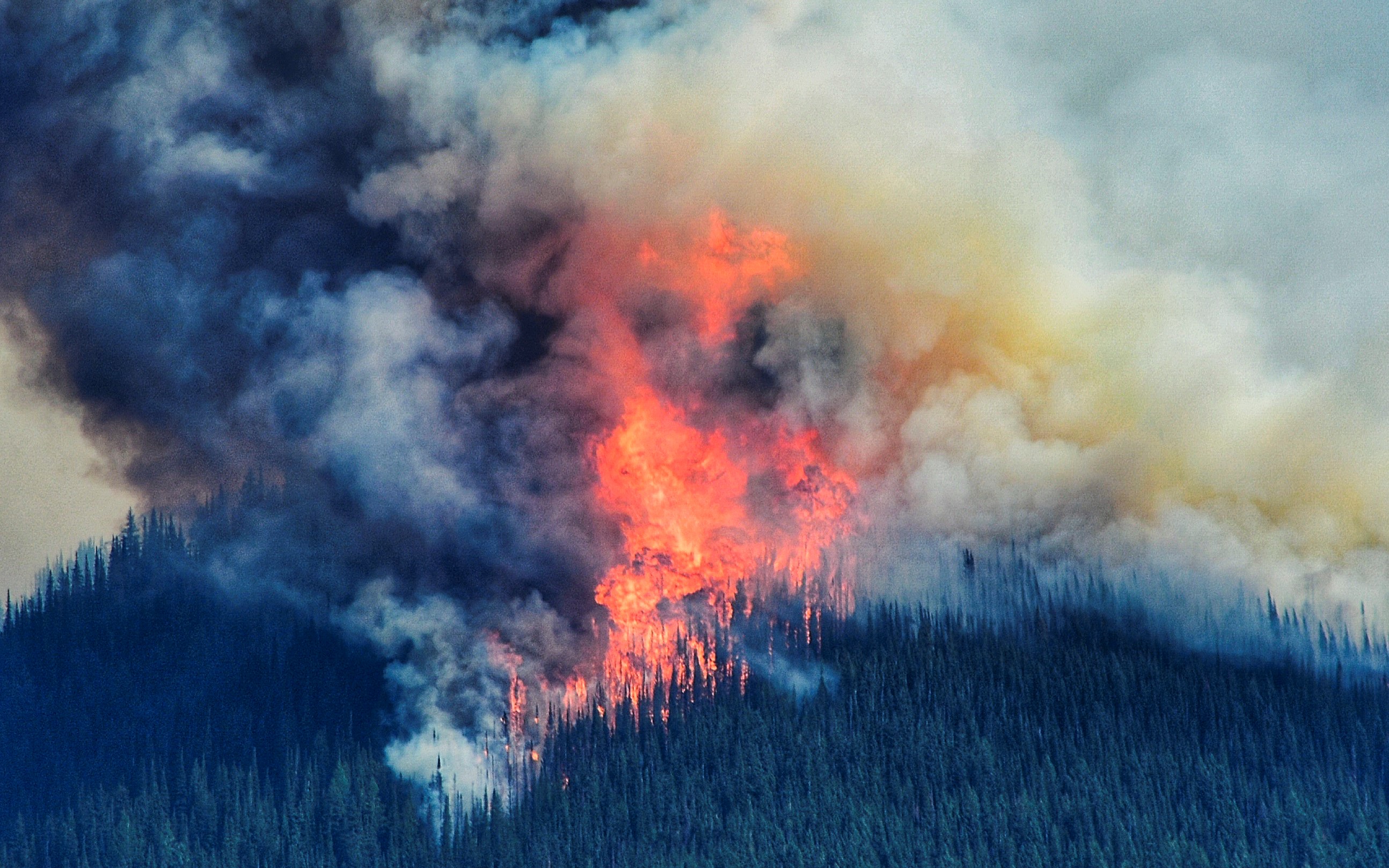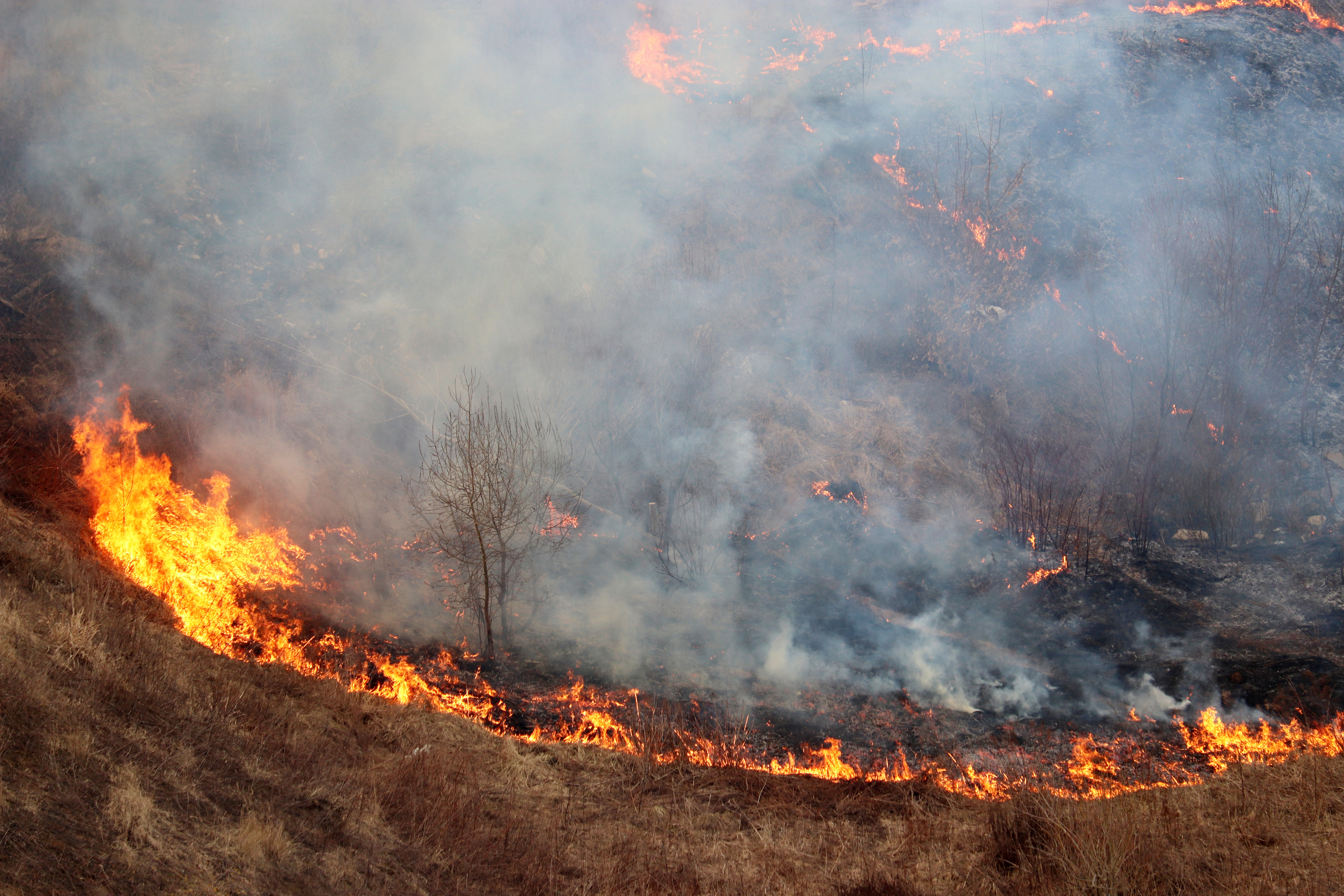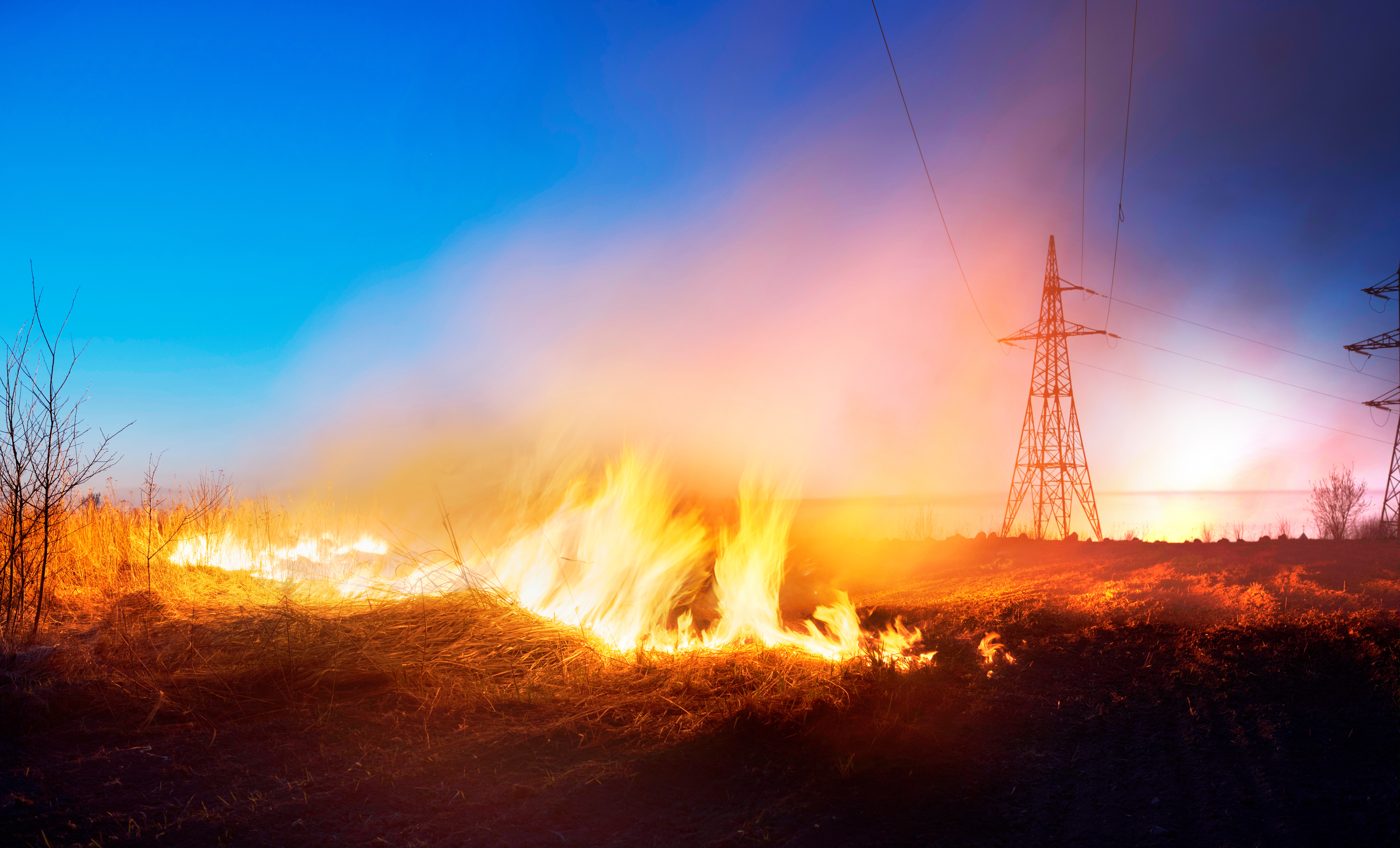
Ongoing Wildfires Exerting Health Impacts on Millions in the United States
By Alliant
The United States is currently dealing with the far-reaching consequences of ongoing wildfires in Canada, which have resulted in deteriorating air quality conditions. Earlier this month, air quality advisories had been issued for approximately nearly 70 million people in 32 states spanning from New York City, past Washington, as far west as Minnesota, according to the New York Times. The air quality is presently considered "unhealthy" for a significant number of Americans, imposing precautions to limit outdoor exposure. However, health experts and local authorities emphasize the need for caution among exposed populations residing in affected regions, such as young children, older adults and individuals with respiratory conditions. Health officials strongly recommend that individuals at higher risk minimize their exposure to outdoor environments.
Canadian Wildfires
Canada is currently facing an alarming surge in wildfires by persistent warm and dry conditions throughout the country. According to the Canadian Interagency Forest Fire Center, there are presently over 400 active fires raging across the country, with more than half of them categorized as "out of control." The extent of these wildfires has already consumed approximately 9.39 million acres and compelled over 100,000 individuals to evacuate. Projections indicate that the heightened risk of wildfires will persist in most parts of Canada through August.
Hazards Posed by Poor Air Quality
Wildfires have the potential to reduce air quality as they release smoke containing hazardous chemicals, including carbon monoxide. One significant issue is the presence of small particulate matter, which consists of particles in the air with a diameter less than 2.5 micrometers. These particles can be inhaled into the lungs and enter the bloodstream. The compromised air quality resulting from wildfire smoke can lead to irritation in the eyes, nose, throat and lungs, thereby increasing the risk of respiratory infections. Specifically, young children, older adults, pregnant women and individuals with asthma or other respiratory conditions face an elevated likelihood of experiencing breathing difficulties due to the adverse effects of poor air quality.
Individual Protective Measures
Individuals should seek guidance from federal, state, and local authorities to navigate the adverse effects of the compromised air quality resulting from wildfires. Those affected by the low air quality should aim to remain indoors as much as possible, ensuring windows and doors are closed and should regularly consult air quality alerts.
The following protective measures are recommended by the U.S. Department of Labor (DOL) to reduce smoke exposure risks for outdoor workers:
- If going outdoors becomes unavoidable, individuals should wear masks capable of filtering out particulate matter suspended in the air
- Individuals with respiratory-related conditions should closely monitor their health status and promptly seek medical attention if they experience symptoms such as persistent coughing, difficulty breathing, chest pain or wheezing.
- Regularly monitor air quality conditions using a reliable source such as the Environmental Protection Agency's AirNow platform.
- Relocate or reschedule work tasks to areas unaffected by smoke.
- Reduce levels of physical activity, particularly strenuous and heavy work.
- Encourage workers to take breaks in smoke-free environments whenever possible.
- Provide suitable accommodations for employees to work indoors with proper heating, ventilating and air conditioning systems and high-efficiency air filters, if feasible.
- Allow or provide respirators approved by the National Institute for Occupational Safety and Health for voluntary use when they are not otherwise mandated. If respirators are allowed for voluntary use, employers must ensure that employees are provided with the necessary advisory information outlined in Appendix D of OSHA's Respirator Protection Standard.
It is crucial to recognize that both wildfires and weather conditions are subject to rapid changes, emphasizing the need for ongoing monitoring of the situation. The DOL strongly advises employers to develop effective strategies to safeguard their employees from the risks associated with poor air quality caused by wildfire smoke. Implementing these protective measures can significantly reduce their employees' exposure to hazardous wildfire smoke and reduce health risks attributed to wildfire smoke.
For more information, please reach out to your Alliant Account Manager.
*Air quality worsens as Canada wildfire smoke fills the air, as told by the New York Times
Alliant note and disclaimer: This document is designed to provide general information and guidance. Please note that prior to implementation your legal counsel should review all details or policy information. Alliant Insurance Services does not provide legal advice or legal opinions. If a legal opinion is needed, please seek the services of your own legal advisor, or ask Alliant Insurance Services for a referral. This document is provided on an “as is” basis without any warranty of any kind. Alliant Insurance Services disclaims any liability for any loss or damage from reliance on this document.




